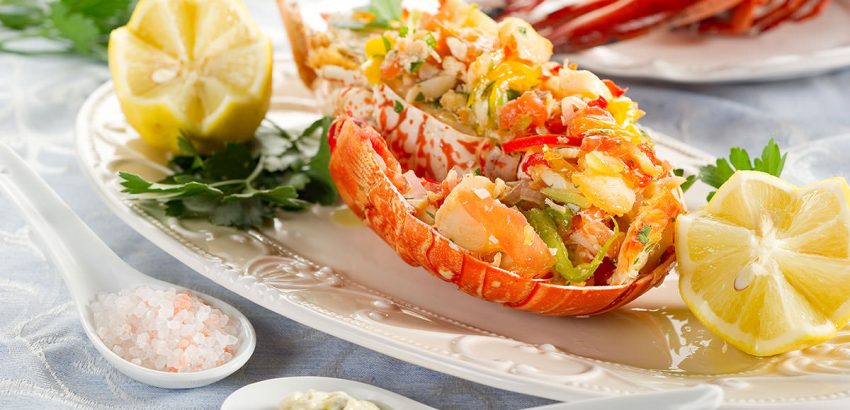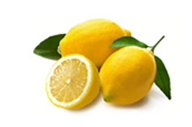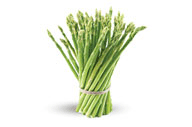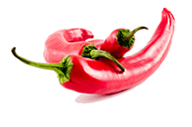In a restaurant, a menu is a presentation of food and beverage offerings. A menu may be à la carte – which guests use to choose from a list of options – or table d’hôte, in which case a pre-established sequence of courses is served.
Menus, as a list of prepared foods, have been discovered dating back to the Song Dynasty in China. In the larger populated cities of the time, merchants found a way to cater to busy customers who had little time or energy to prepare food during the evening. The variation in Chinese cuisine from different regions led caterers to create a list or menu for their patrons. To avoid having to reprint the menus throughout the year as prices changed, some restaurants began to display their menus on chalkboards, with the menu items and prices written in chalk. This way, the restaurant could easily modify the prices without going to the expense of reprinting the paper menus. A similar tactic continued to be used in the 2000s with certain items that are sensitive to changing supply, fuel costs.
The latest trend in menus is the advent of handheld tablets that hold the menu and the guests can browse through that and look at the photographs of the dishes.
As a form of advertising, the prose found on printed menus is famous for the degree of its puffery. Menus frequently emphasize the processes used to prepare foods, call attention to exotic ingredients, and add French or other foreign language expressions to make the dishes appear sophisticated and exotic. Higher-end menus often add adjectives to dishes such as “glazed,” “sautéed,” “poached,” and so on.
Menus vary in length and detail depending on the type of restaurant. The simplest hand-held menus are printed on a single sheet of paper, though menus with multiple pages or “views” are common. In some cafeteria-style restaurants and chain restaurants, a single-page menu may double as a disposable placemat.





